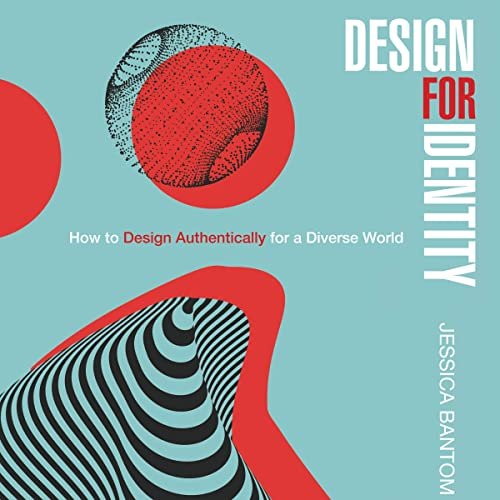Empowering Spaces During Women's History Month: Feminism Theory Meets Interior Design
This blog post contains affiliate links. For more information please visit our disclaimer page.
In the realm of interior design, the concept of empowerment goes beyond aesthetics and functionality—it encompasses the creation of spaces that reflect and support diverse identities, experiences, and perspectives. By integrating feminist theory into the design process, designers can challenge traditional norms, foster inclusivity, and empower individuals within their built environments. Let's explore how applying feminist principles to interior design can shape spaces that inspire and uplift.
Rejecting Gender Stereotypes in Spatial Design
Traditional gender norms have long influenced the design of interior spaces, perpetuating stereotypes and reinforcing power dynamics. By embracing feminist theory, designers can challenge these norms and create environments that transcend gender expectations. This entails eschewing binary notions of femininity and masculinity in favor of fluid and inclusive design approaches. Spaces should be designed to accommodate a diverse range of identities and preferences, offering flexibility and choice rather than rigid conformity.
Promoting Equity and Accessibility
Feminist principles advocate for equity and accessibility in all aspects of society, including the built environment. Designing spaces with universal access in mind ensures that everyone, regardless of age, ability, or background, can navigate and engage with their surroundings comfortably and safely. This may involve incorporating features such as ramps, wide doorways, adjustable-height surfaces, and sensory-friendly elements to accommodate diverse needs and preferences.
Centering Voices and Experiences
Feminist theory emphasizes the importance of amplifying marginalized voices and honoring diverse lived experiences. In interior design, this translates to creating spaces that reflect the stories, histories, and identities of their occupants. Incorporating elements of cultural heritage, personal narratives, and community values into the design narrative fosters a sense of belonging and affirmation. From artwork and decor to spatial configurations and material choices, every aspect of the environment should celebrate and validate diverse perspectives.
Fostering Collaboration and Collective Care
Feminist principles prioritize collaboration, mutual support, and collective care as essential components of social and spatial dynamics. In interior design, this ethos can manifest in shared spaces that facilitate connection, communication, and cooperation among occupants. Common areas, such as communal kitchens, lounges, and gathering spaces, serve as hubs for interaction and solidarity, encouraging the exchange of ideas, resources, and support networks. By fostering a culture of mutual aid and reciprocity, empowering spaces nurture relationships and resilience within communities.
Challenging Power Structures Through Design Activism
Feminist theory intersects with design activism, advocating for social change and justice through creative interventions. Interior designers have a unique opportunity to leverage their skills and platforms to challenge oppressive systems and advance feminist agendas. This might involve collaborating with marginalized communities to co-create spaces that address their specific needs and aspirations. Whether through advocacy, education, or activism, designers can use their practice as a catalyst for positive transformation and liberation.
Applying feminist theory to interior design offers a powerful framework for creating empowering spaces that prioritize equity, inclusivity, and social justice. By challenging traditional norms, amplifying marginalized voices, and fostering collective care, designers can shape environments that empower individuals, foster connection, and inspire change. Through intentional design decisions and activism, we can build a more equitable and empowering built environment that reflects the diverse richness of human experience.
FOR MORE INFORMATION RELATED TO FEMINIST THEORY:
MORE ON THEORY AND INTERIOR DESIGN:















